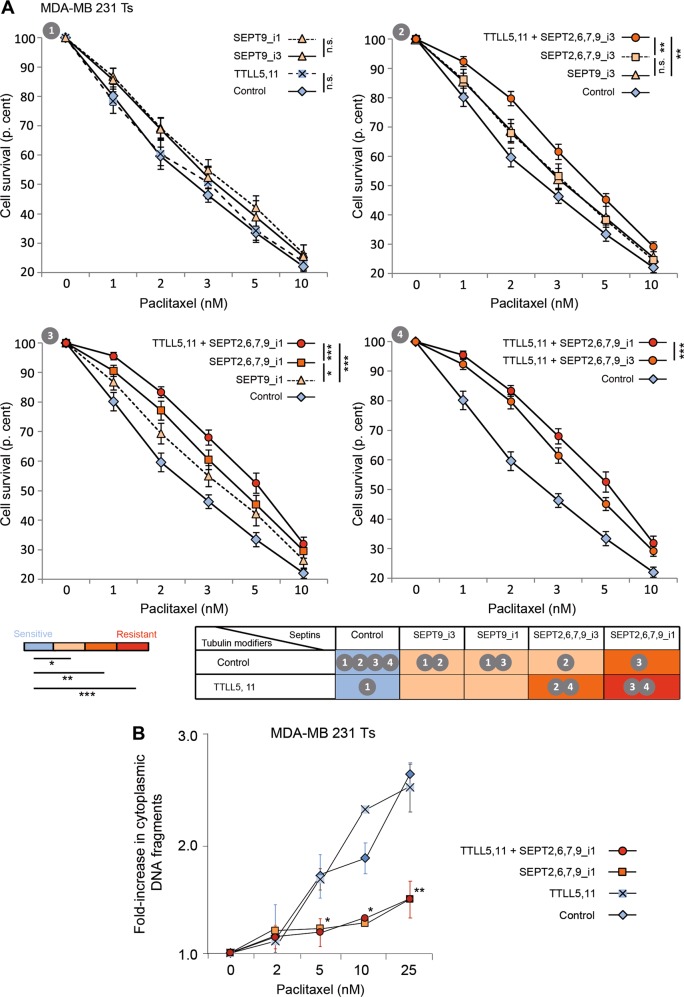Fig. 1. The overexpression of a SEPT9_i1-containing set of filament-forming septins is necessary and sufficient to confer paclitaxel resistance, and is further enhanced upon microtubule polyglutamylation.
a MTT assays were conducted in paclitaxel-sensitive (Ts) MDA-MB 231 cells in conditions that enhanced either tubulin long-chain polyglutamylation (overexpression of the branching TTLL5 and elongating TTLL11 enzymes) or overexpression of a septin pattern including SEPT9_i1 or_i3, or both. After a 72h-exposure to the paclitaxel concentrations indicated, cell survival was measured. Each point is the mean ± s.e.m of at least 10 independent experiments. Statistical analysis is based on the overall comparison of the curves *p ≤ 0.05, **p ≤ 0.01, ***p ≤ 0.001. Statistical significance of the comparisons with the negative control is color-coded as indicated. The colors also correspond to the additional percentages of cell survival compared to those of control cells at the IC50: absence of resistance (blue), low level of resistance (light orange, ≤10%), intermediate level (orange, between 10 and 20%) and high level of resistance (red, >20%). The table summarizes the effect (color-coded) of each effector alone or in combination, and indicates the panel(s) displaying the data. b MDA-MB 231 Ts cells were subjected to the overexpression of the indicated plasmids and cell death was quantified 24 h after exposure to paclitaxel by measuring the cytoplasmic release of histone-associated DNA fragments relative to the values without paclitaxel. Each point is the mean ± s.e.m. of at least three independent experiments. *p ≤ 0.05, **p ≤ 0.01

